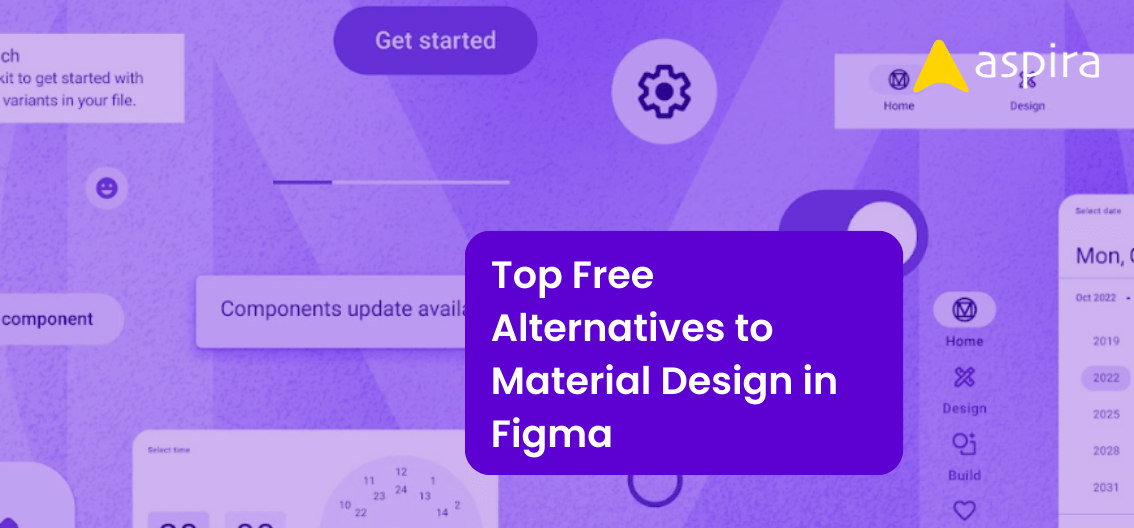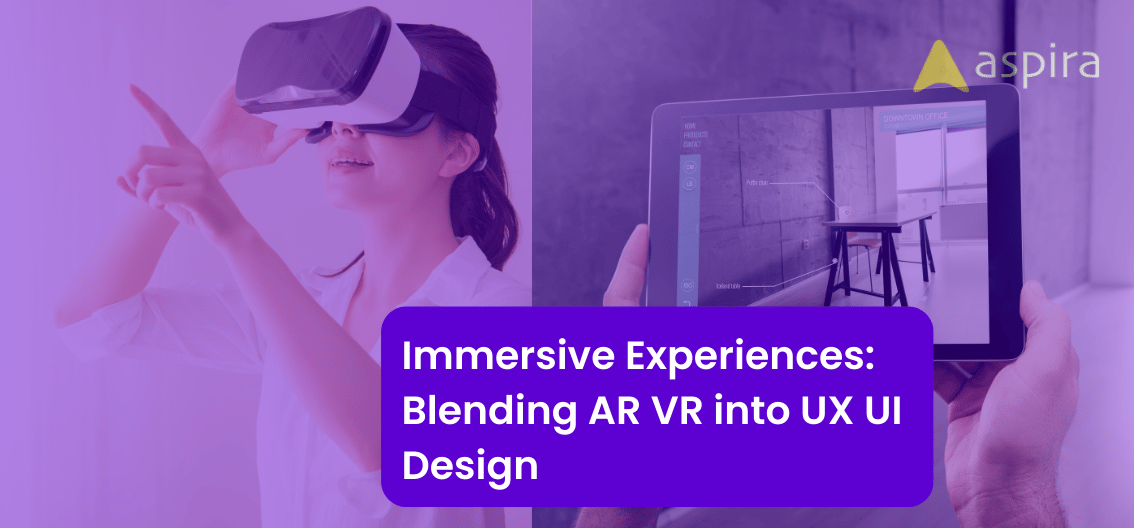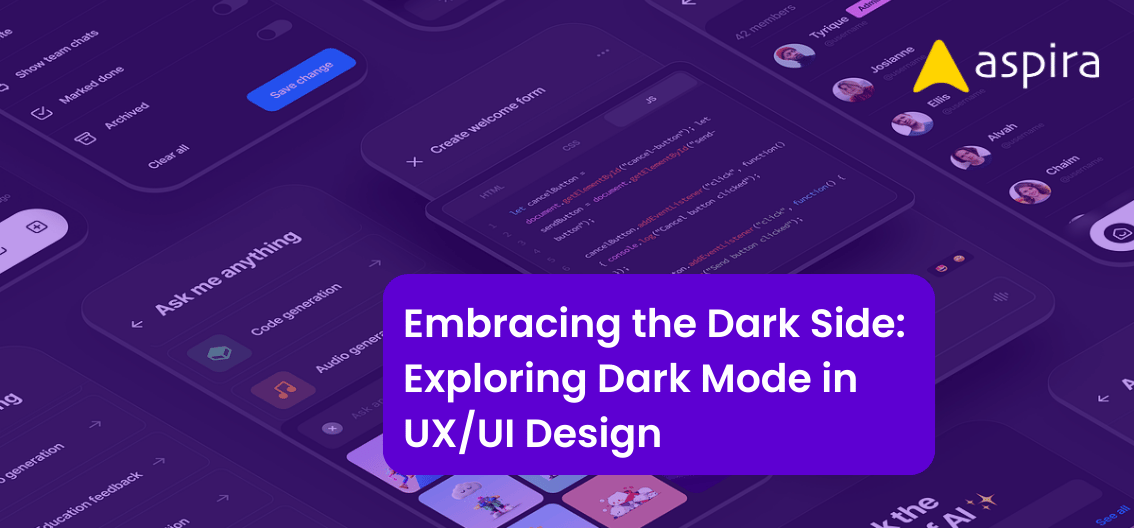UX Design - Mentor & Author.
28 Feb, 2024

In the ever-evolving landscape of technology, professionals often find themselves at a crossroads, contemplating a shift in their careers. One such transition gaining popularity is the move from software development to UX design. This journey involves a unique set of challenges and opportunities. In this article, we will explore those challenges and opportunities. Let’s get started!
Reasons to Switch from Software Development to UX Design
Human-Centered Focus: Software developers primarily focus on code and functionality, while UX designers emphasize the end user’s experience. The shift is driven by a desire to create technology that is not just functional but also intuitive and enjoyable for users.
Creativity and Innovation: UX design offers a canvas for creativity and innovation. Individuals wanting a creative approach to problem-solving are drawn to UX design, where they can shape user interactions and experiences.
Broader Impact: UX design has a direct impact on end users’ satisfaction and overall product success. Those transitioning seek the opportunity to make a tangible difference in how people interact with technology.
Differences between UX Design and Software Development
Focus and Perspective: Software development centers on writing code to build functional applications, whereas UX design revolves around understanding user needs.
Process and Iteration: Software development follows a structured coding process, often in an iterative manner. On the contrary, UX design involves continuous iterations based on user feedback, usability testing, and evolving design prototypes.
User-Centric vs. Code-Centric: UX design places users at the core of the process, ensuring that every design decision is based on user needs and preferences. Software development, while catering to user requirements, primarily focuses on writing efficient and functional code.
Common Skills
Analytical Thinking: Both fields require a strong analytical mindset to solve complex problems. Software developers and UX designers leverage analytical skills to understand requirements, identify issues, and optimize solutions.
Collaboration: Collaboration is a key skill in software development and UX design. Developers and designers often work closely with cross-functional teams, requiring effective communication and teamwork.
Adaptability: The tech industry is dynamic, and professionals in both fields must adapt to new tools, technologies, and methodologies. Being adaptable ensures a smooth transition between software development and UX design.
How to Switch from Software Development to UX Design
Open your path for learning: Understand your current skill set and be open to learning. Acknowledge that transitioning to UX design is a process, requiring humility to embrace being a beginner again.
Choose Your Path: Choose between a UX design bootcamp, a university program, or self-taught learning based on your existing knowledge and preferences.
Gain Practical Experience: Apply your newfound skills by working on real-world projects or contributing to open-source initiatives. Practical experience is invaluable when transitioning to a new role.
Start building a UX Portfolio: Craft a portfolio that not only showcases finished products but also explains your thought process, research, and decision-making. Inject personality, provide in-depth explanations, and highlight your unique creative approach.
Keep Learning: Understand that UX design is an ever-evolving field, and continual learning is essential. Embrace the collaborative nature of the UX design team by seeking support and growing alongside your colleagues.
Conclusion
So, if you have decided to switch from software development to UX design, congratulations! Designers with a background in development often have a slight advantage, as many companies are seeking individuals with both skill sets. However, having a development background alone won’t guarantee success in this field. Your primary objective should be understanding the user and creating products for them. The steps mentioned above serve as a foundation; customize them according to your needs. Best of luck with your career switch, and happy designing!


